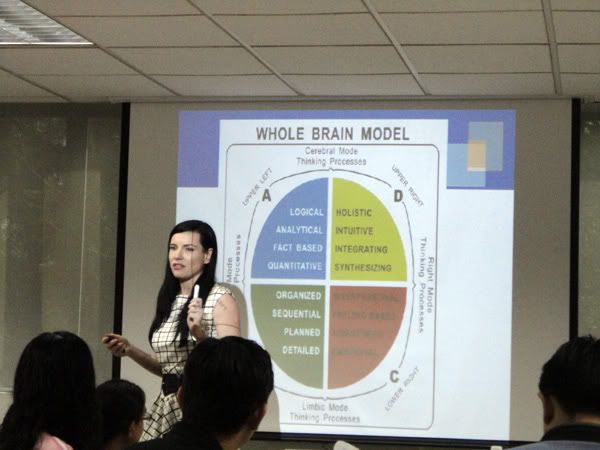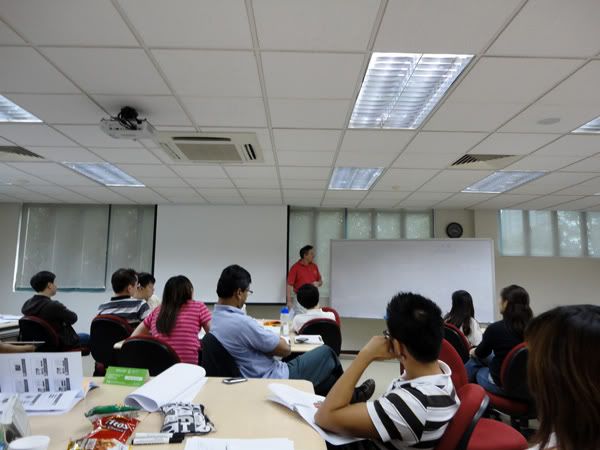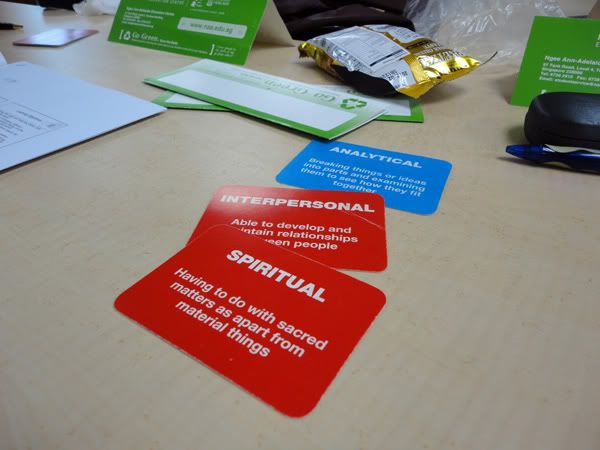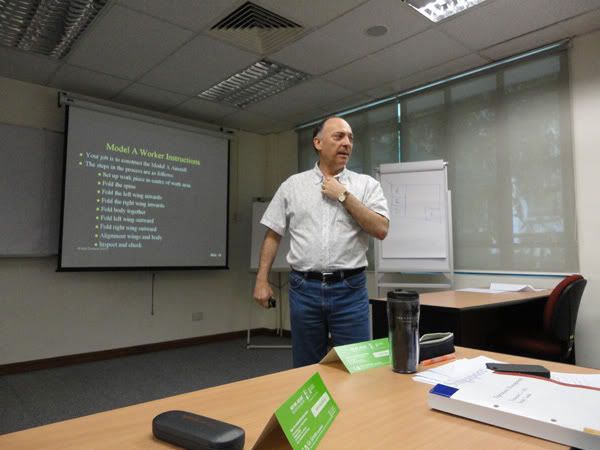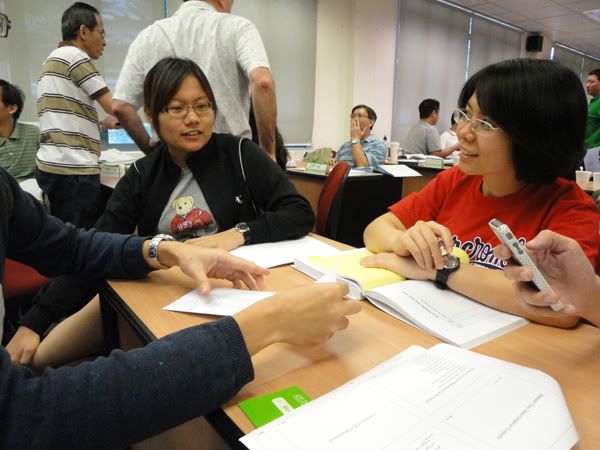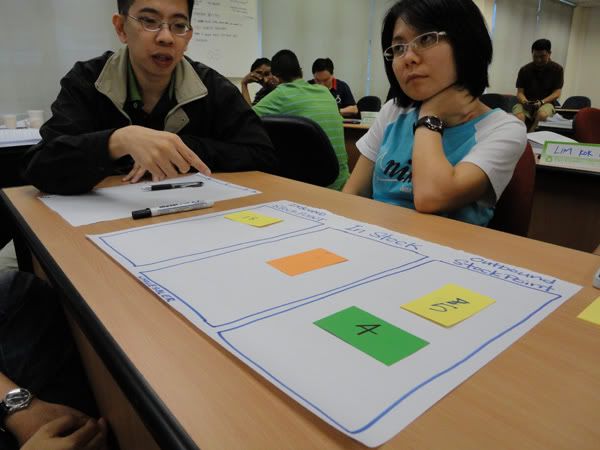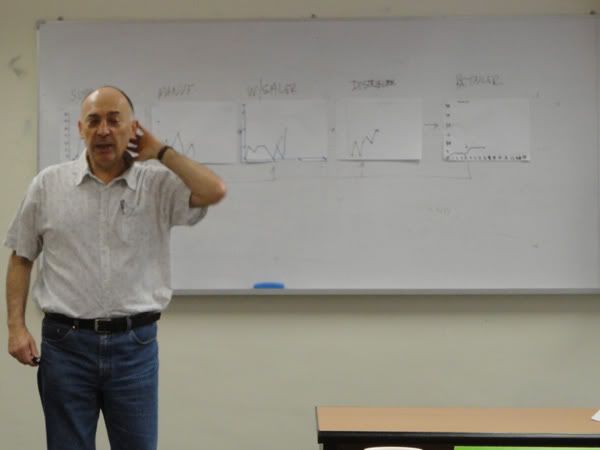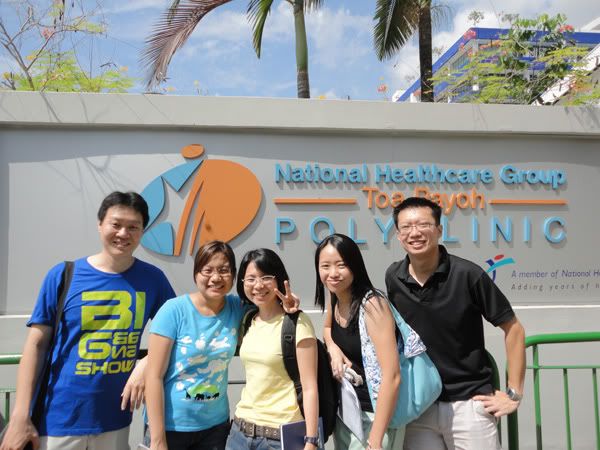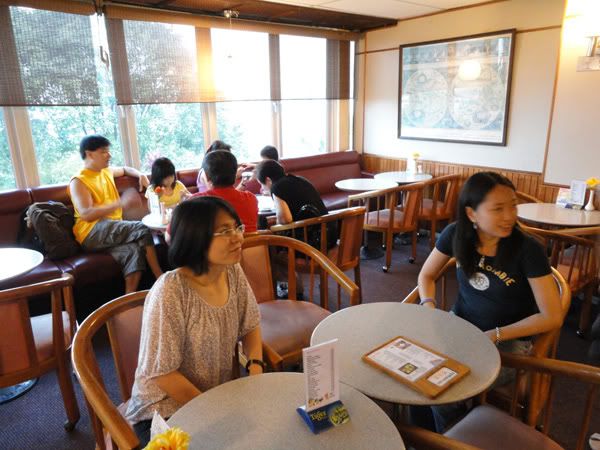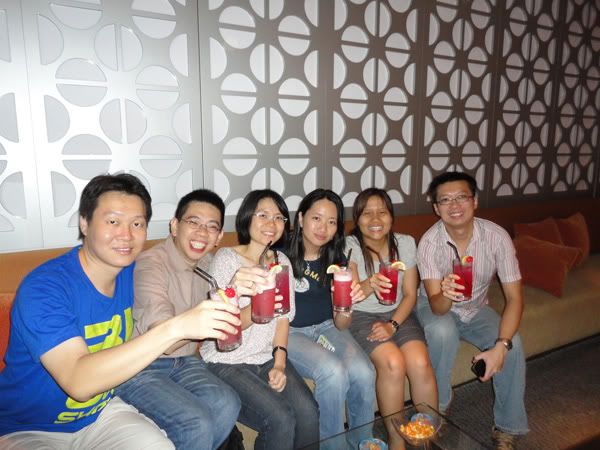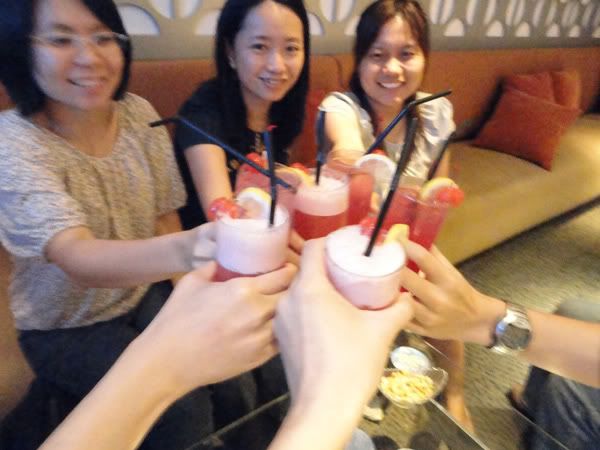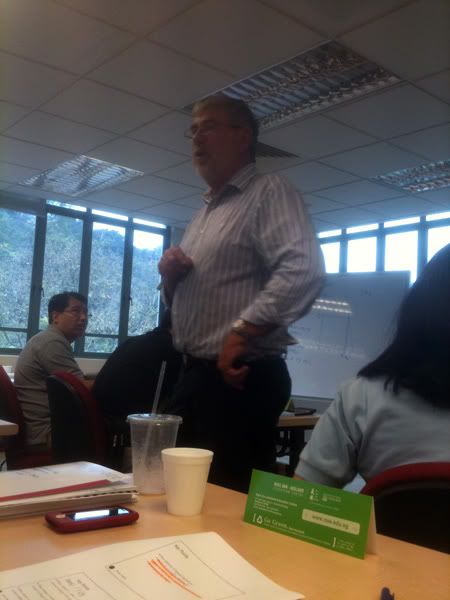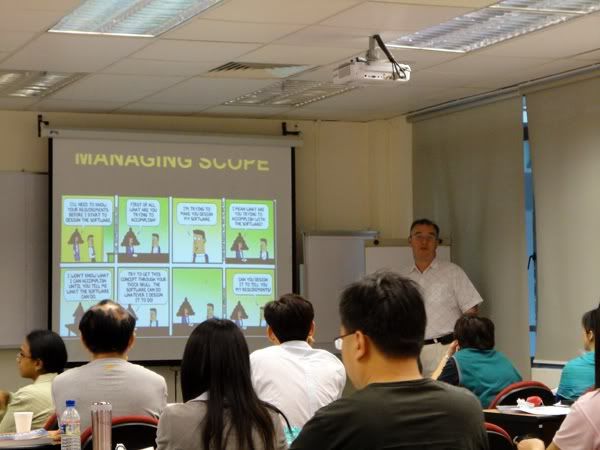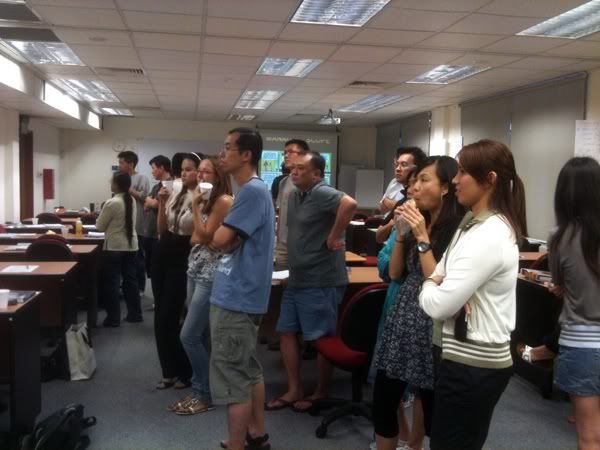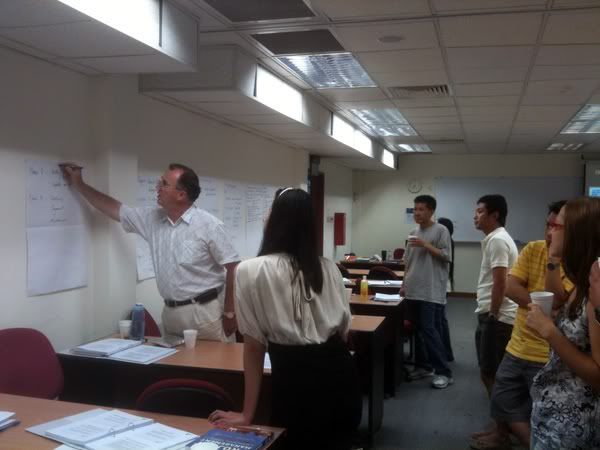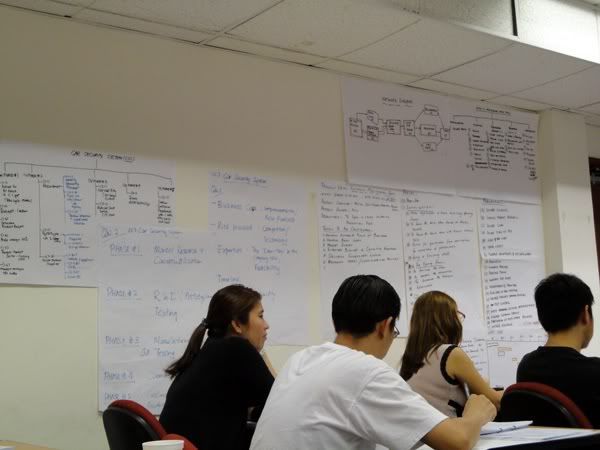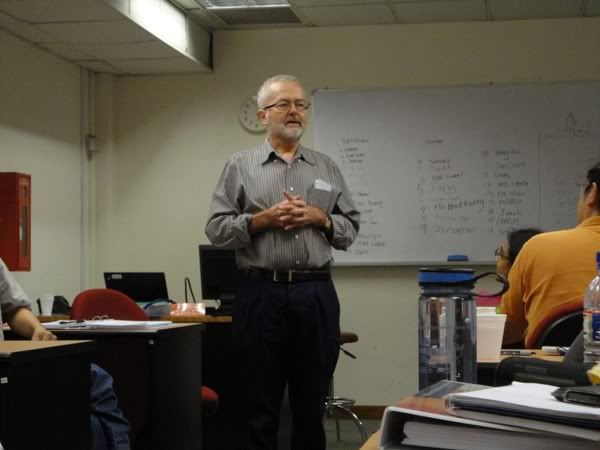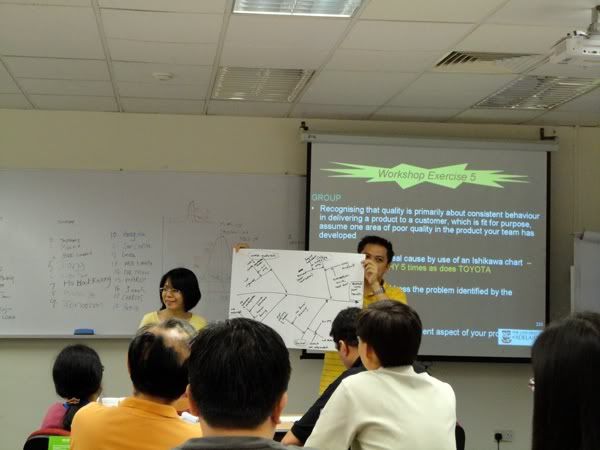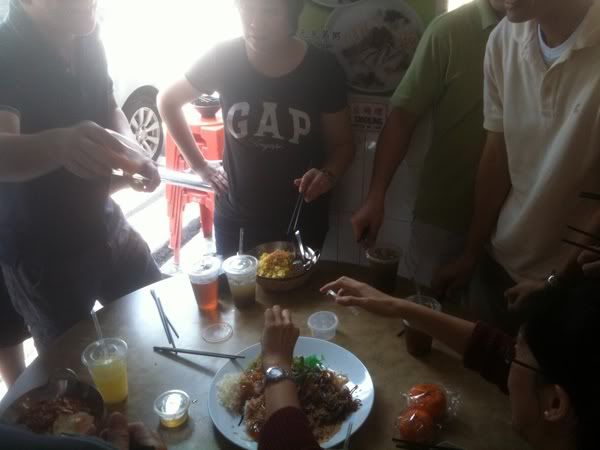Unlike accounting, this subject has a good mix of theories and calculations. Comparatively, I find this course to be quite intensive due to 5 online tests we have to attempt from the start of our first intensive till our final exams. The 5 online tests constitute 40% of our module marks, while the remaining 60% will come in from our final exams.
Our course lecturer for Managerial Finance is Dr Chee Cheong (below). He is actually from Kuala Lumpur, Malaysia and has spent many years studying and lecturing in Australia. From time to time, he will share with us on his big family business in Malaysia.

The course is quite enjoyable with Dr Chee sharing with us on many real case studies. He shared with us on the corporate finance of Microsoft, Apple, Citibank and so on. One of the example he cited was Foster in Australia. Foster is a famous beer company in Australia and they plan to expand into the Wine industry. Whether this was a wise decision will be judged by the market as subsequently, their share price declined. It may be difficult to manage both beer and wine products as the company do not have the expertise in this area. Next we have BHP in opening a mine with 30 years timeline. Billions are invested in this operation and the mine will eventually have to be returned back to its original state.
Centro Properties are mentioned where it used to be a leading property company in Australia. But it expanded rapidly and got into bad debts with the sub-prime crisis. Eventually its share plunged and never recovered. There are many good companies that have little or no debts and they are doing fine. This brings to us a question, so is leverage necessary?
In topic 1, we learnt about agency related issues. Ethical and motivational issues are tackled in this topic. It depicts the relationship between the principal and agent. Principal and agent relationship is similar to that of shareholder and managers, debt-issuers and investors, financial agent and clients. There maybe a conflict of interest between both parties and how do we actually reconcile between them.
In topic 2, we learnt how to calculate the Net Present Value (NPV) and IRR (Internal Rate of Return). Time value of money is always considered for our present value calculation. Most financial managers (more than 90%) actually use the NPV for their company's capital budgeting. This course left a deep impression on NPV in me so much so when I was explaining to my company's customers on the importance of cost management, business planning and budgeting, that I used corporate finance and NPV related concepts as reference.
For topic 3, it essentially is about ROI. Traditionally, companies use the simple Payback rule on their investment. That is, how long does it take for this investment to recover itself. There are actually other methods besides the payback, and it includes the NPV, IRR, discounted payback and so on.
Thereafter we moved on to analysing the cash flow for a company, conducting sensitivity analysis and scenario analysis to evaluate the impact of certain parameters on the profitability of a company.
The next few topics cover on shares investment. On how we can achieve the maximum expected return for a given level of risk. Diversification is also useful in reducing risk but there are methods on how to diversify, i.e. the shares should have minimal correlation between one another. While studying these few topics, I frequently think of my investments in shares, bonds, forex, etc. Sometime back, I realized some of my investments move in opposite direction to one another. Thus there is rarely a stage where my investments will all plunge.
The topic on dividends is also mentioned. For my side, I prefer to invest in high dividend paying stocks. But I realized from Modigliani and Miller theory as explained by Dr Chee, it does not matter whether dividends are paid or retention-generated capital gains. Thus for some shares, I noticed the capital yield far exceeds the dividends that may be paid for several years.
Personally, my approach towards shares purchase is the time of entry is important. The best time to purchase shares is when the whole world is gloomy and out. Other than high dividend stocks, there should also be a definitely date where shares should be cashed out for capital gains, especially the time when the whole world looks positive and bright (pre-election).

Like I have mentioned, this subject is actually one of the more intensive subjects I have taken so far. The online tests require a lot of time. Basically I spent all my weekends (5 weekends + 2 intensive weekends) studying for Managerial Finance. With weekdays spent on work and weekends spent at home studying, there is no much balance in life. We accessed the online test below from MyFinanceLab which comes together with the textbook.
For the exams, many of my classmates took 2-3 days leaves to study for it. For my side, I only could afford a Wednesday leave as the following Thursday/Friday is occupied with work.
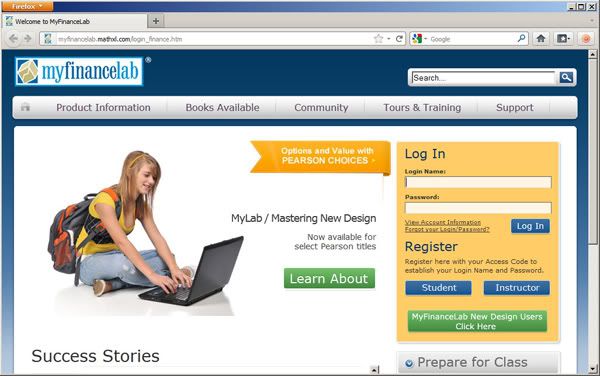
After our exams on the 17th December (Saturday), all of us (Alisha, Adeline, William, Chiew, me) went down for a lunch celebration at Red Star Dim Sum.

